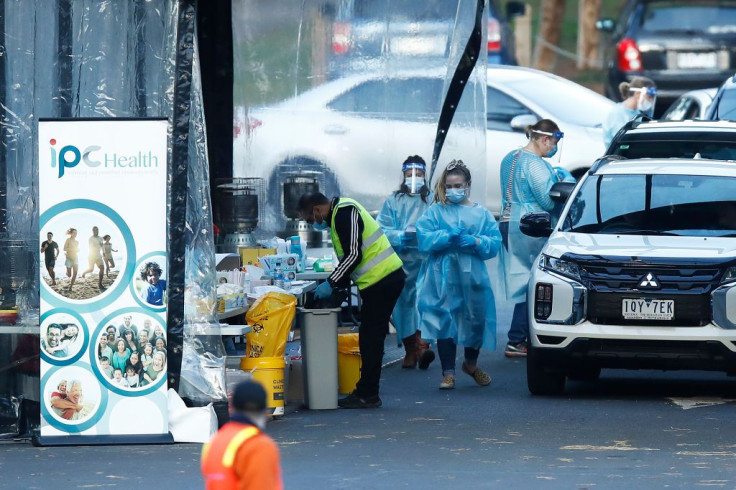
Up until now, patients diagnosed with COVID-19 were likely to develop any of these symptoms: fever, dry cough, and shortness of breath. However, recent findings have detected several symptoms among patients tested positive while being at the initial stages of the respiratory illness. From repeated shaking with muscle pain and frostbitten-like toes, here’s a list of symptoms that could be a warning sign of the illness.
1) Bluish skin or lips: Experts have identified this condition as signs of a serious infection. Patients tend to develop cyanosis—a bodily development when their oxygen levels are below 90%. This is likely to be a sign of a clinical emergency. While it isn’t a sure-fire sign of the novel coronavirus, experts link this attribute as one of its emergency warning signs.
2) Nasal congestion: A WHO report maintained that nearly 5 percent of the infected patients developed nasal congestion. This isn’t a very common COVID syndrome. Yet, the symptom could be a signal to get oneself checked at the earliest.
3) Wheezing and chest pain: As per a recent Wenzhou study, 23 percent of patients who were studied and tested positive, had experienced wheezing and chest pain. The Centers for Disease Control and Prevention now lists “persistent pain or pressure in the chest” as an emergency warning sign that demands medical care at the earliest.
4) Purple, swollen toes: The condition has achieved the tag of “COVID toes” ever since experts observed the symptom among young patients with an otherwise sound health record. The condition was discovered when The American Academy of Dermatology discovered a host of dermatological issues among patients tested positive in the COVID-19 scare.
5) Blood clotting leads to stroke: Stokes is mostly identified among those diagnosed with severe coronavirus. “Most of these patients have no past medical history and were at home with either mild symptoms (or in two cases, no symptoms of COVID-19,” said Thomas Oxley, a neurosurgeon at Mount Sinai Hospital as per a media report. Incidentally, the number of patients experiencing sudden stokes, in the past two weeks, were relatively younger (under 50 years of age).
6) Diarrhea, nausea, or vomiting: As per recent researches, approximately 13% of patients in the Wenzhou study had diarrhea, while 5% of patients showed symptoms like vomiting and nausea. Experts now surmise that such digestive symptoms could be a warning sign of an underlying infection—novel coronavirus.
.
© 2025 Latin Times. All rights reserved. Do not reproduce without permission.



